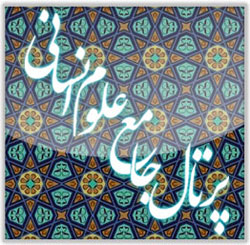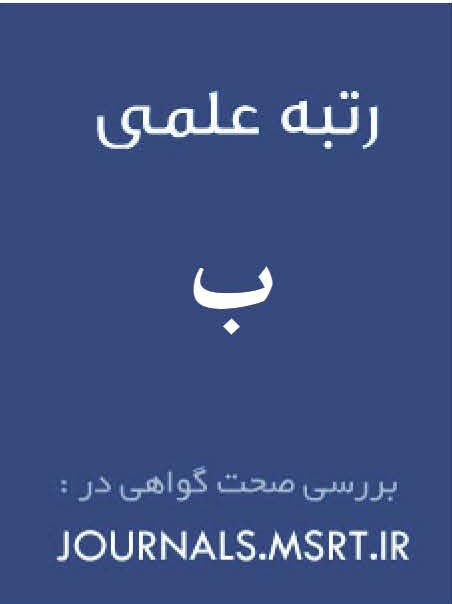Religious Devotions of Shah Abbas I and Their Impact on His Political Actions
Keywords:
Shah Abbas I, Shia scholars, religious commitment, Jafari ShiaAbstract
The religious policy of Shah Abbas I can be analyzed from at least two perspectives. First, his religious beliefs and devotions, as well as the degree of his adherence to Islamic and religious principles, which naturally influenced his political orientations. Second, the way Shah Abbas I dealt with followers of different Islamic sects. This article aims to examine the religious devotions of Shah Abbas I. Some authors have portrayed Shah Abbas I as a highly religious king committed to religious principles, while others have regarded him as an autocratic ruler indifferent to religious matters. It is evident that most historical sources from the Safavid era highlight Shah Abbas I's adherence and devotion to Islam and Twelver Shi'ism, as well as his commitment to enforcing Islamic laws, such as performing obligatory daily prayers, fasting, and organizing mourning ceremonies. Shah Abbas I consistently presented himself as a devout adherent to Islamic law and the Shi'a Ja'fari sect. Claiming to be a Sayyid and a devout Shi'a, he emphasized reverence for the Ahl al-Bayt (peace be upon them) and venerated Sheikh Safi, his ancestor, who was believed to trace his lineage back to Imam Ali (peace be upon him). His religious achievements and services can be interpreted within the framework of this devotion and religious commitment. It cannot be categorically stated that Shah Abbas I's religious interests were insincere.
Downloads
References
Ahmadi Kermani, Y. (2007). Tarikh-e Yahya. Shahid Bahonar University of Kerman.
Azhand, Y. (2001). History of Iran: The Safavid Period. Jami.
Beyg Monshi Torkman, E. (1896). Tarikh-e Alam Ara-ye Abbasi, Vol. 1. Dar al-Taba'at Agha Seyed Morteza.
Della Valle, P. (2005). The Travelogue of Pietro Della Valle. Scientific and Cultural Publications Company.
Ebrahimi Dinani, G. H. (2006). The Adventure of Philosophical Thought in the Islamic World, Vol. 2. Tarh-e No.
Etemad al-Saltaneh, M. H. i. A. (1984). Tarikh-e Montazam-e Naseri, Vol. 2. Donyaye Ketab.
Fasai, H. i. H. (2003). Farsnameh-ye Naseri, Vol. 1. Amir Kabir.
Ghadyani, A. (2008). Comprehensive Culture of Iranian History, Vol. 2. Aron.
Ghaffari Kashani, A. i. M. (1984). Tarikh-e Negarestan. Hafez Bookstore.
Mahdavi, M. a.-D. (2007). A'lam-e Esfahan, Vol. 4. Isfahan Municipality Cultural and Recreational Organization.
Mirkhwand, M. i. K. S. (1854). Rowzat al-Safa. Dar al-Taba'at Khassa Jadida.
Qomi, S. A. (1959). Muntaha al-Amal, Vol. 2. Elmi Publications.
Ravandi, M. (1975). Social History of Iran, Vol. 2. Amir Kabir.
Savory, R. (2005). Iran Under the Safavids. Markaz Publishing.
Sefat Gol, M. (2010). The Structure of Religious Institutions and Thought in Safavid Iran. Rasa.
Sharif Razi, M. (1973). Ganjineh-ye Daneshmandan, Vol. 7. Islamiyah Bookstore.
Sykes, S. P. M. (2001). History of Persia, Vol. 2. Afsun.
Tajbakhsh, A. (1999). History of the Safavid Era. Navid Shiraz.
Tashakkori, A. A., & Elham, N. (2014). Interaction and Confrontation of Sufism and Shiism in the Safavid Era. Scientific-Research Journal of Historical Studies, University of Isfahan(22).
Tavernier, J.-B. (1990). Tavernier's Travelogue. Sanai Library.








